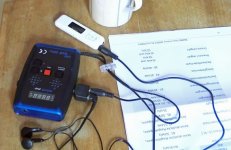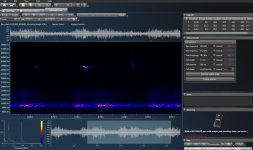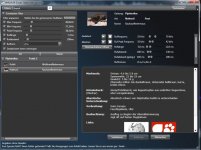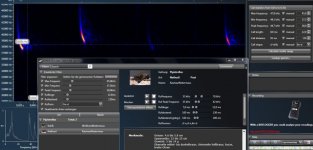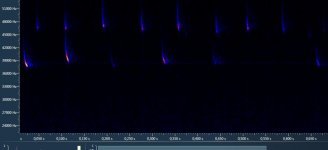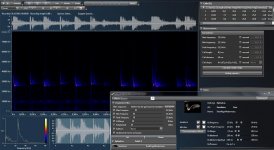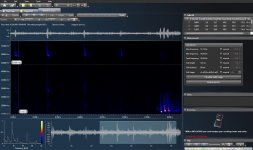HermitIbis
Well-known member
Hi, this is my first post at the birdforum. For my birding, I have the Canon SX50 and am happy with it (some great threads on the SX50 at this forum, by the way  ). Lately I took my old DSLR out for a walk, but birding with a weight of 2.5kg around your neck is no fun.
). Lately I took my old DSLR out for a walk, but birding with a weight of 2.5kg around your neck is no fun.
My "next" hobby may well be bats, as I see them circling around in the park. But what would be the ideal equipment for identifying these bats? Heterodyne or FD bat detectors weigh only ~200g, but can fail to identify a bat. Is anybody here who is using a tablet-based solution, like the BAT miniMIC or Pettersson's M500?
A heterodyne detector might be "good enough" for a beginner, but I hesitate to buy one. Why waste $200+ if the "perfect" solution is a miniMIC or M500?
My "next" hobby may well be bats, as I see them circling around in the park. But what would be the ideal equipment for identifying these bats? Heterodyne or FD bat detectors weigh only ~200g, but can fail to identify a bat. Is anybody here who is using a tablet-based solution, like the BAT miniMIC or Pettersson's M500?
A heterodyne detector might be "good enough" for a beginner, but I hesitate to buy one. Why waste $200+ if the "perfect" solution is a miniMIC or M500?





